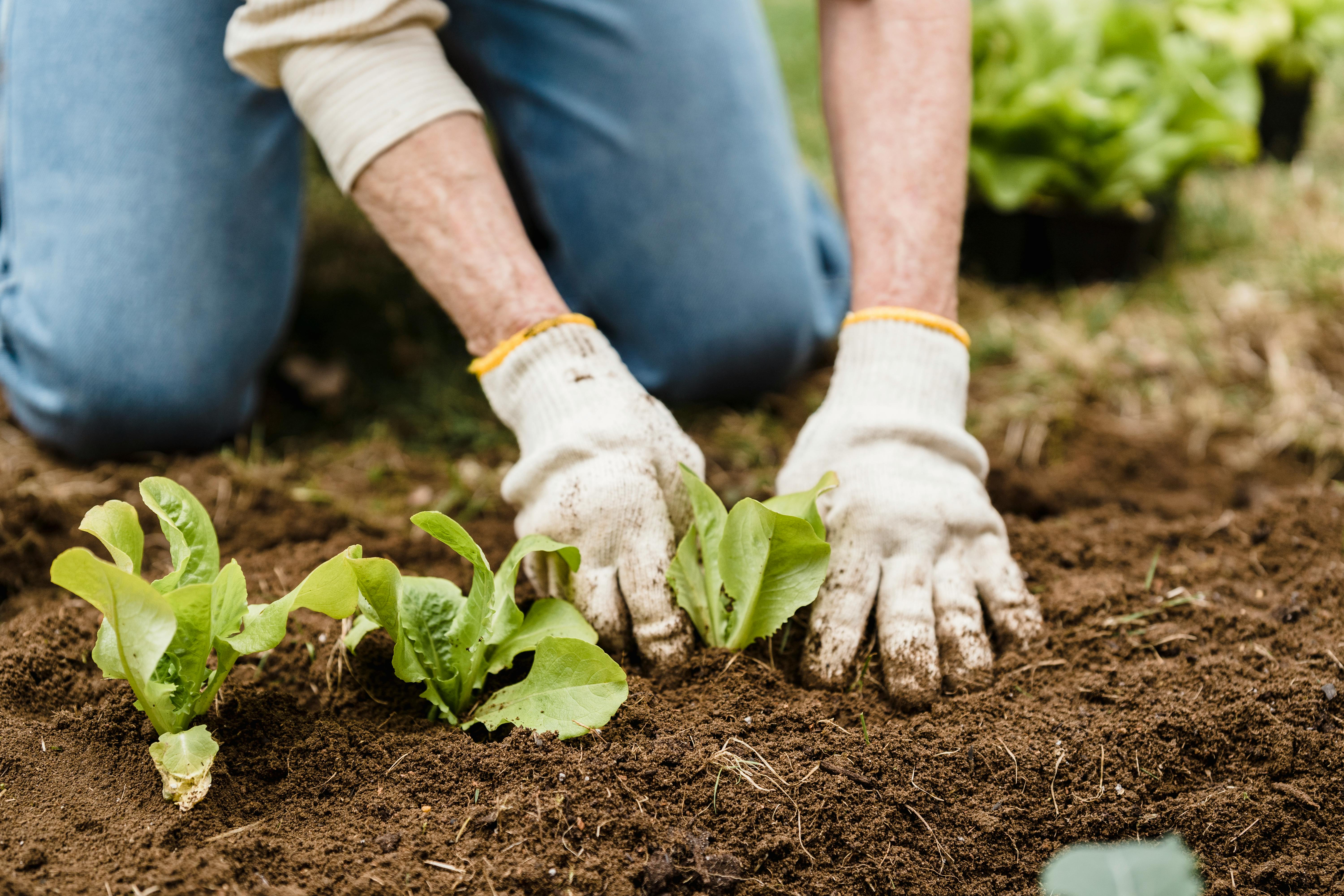Snake plants, also known as mother-in-law’s tongue, are easy to care for and can thrive in almost any condition. This hardy plant is a favourite among indoor gardeners because of its low maintenance requirements and tolerance for neglect. Caring for your snake plant properly will keep it looking good and help it to remain healthy. With a few simple tips, you can make sure your snake plant stays healthy and continues to bring life to your home or office.Snake plants, also known as mother-in-law’s tongue, are a great choice for novice indoor gardeners. These striking succulents are hardy and tolerant of neglect, making them ideal for busy lifestyles or those with limited knowledge of houseplant care. Caring for a snake plant is fairly straightforward and requires a few simple steps. For best results, provide your snake plant with bright light, moderate watering, and regular fertilization. When placed in the right environment these plants can live for decades and bring plenty of life to any space.
Location Selection for Snake Plant
Snake Plant is one of the most popular and attractive plants that make for an excellent addition to any home. It is a very low maintenance plant, requiring minimal care and attention. When selecting the right location for your snake plant, it is important to consider factors such as light, temperature, humidity, and soil type.
Light is one of the most important factors to consider when selecting the right location for your snake plant. Ideally, you should place it in an area that receives bright indirect sunlight or partial shade. It can tolerate low light conditions but it will not grow as vigorously and may become leggy in such an environment.
Temperature also plays a key role in the health and growth of your snake plant. The ideal temperature range for this plant is between 60-75°F (15-24°C). Extreme temperatures can cause damage and lead to poor growth. Make sure to keep your snake plant away from cold drafts and heater vents.
Humidity levels are also important when it comes to selecting the right location for your snake plant. This plant prefers moderate humidity levels between 40% – 70%. If you live in a dry climate or if you use air conditioning or heating systems at home, consider using a humidifier or misting the leaves regularly with water to maintain proper humidity levels.
Finally, it’s important to select a well-draining soil type that will allow excess water to drain away from the roots of your snake plant. Potting soil mixtures with good drainage are best for this purpose. Make sure not to overwater your snake plant as too much moisture can lead to root rot and other problems.
Water Requirements for Snake Plant
The Snake Plant, also known as Mother-in-Law’s Tongue, is an ideal houseplant for those who don’t have a green thumb. It is a drought-tolerant plant and doesn’t need much water to survive. This makes it very easy to care for and can even thrive in low light conditions. The Snake Plant should be watered about once every two to three weeks or when the soil is dry to the touch. Make sure not to overwater the plant, as too much water can cause root rot. The best way to water the Snake Plant is from the bottom by submerging the pot in a container of water for 10 minutes or so and allowing the soil to soak up what it needs. Once the top inch of soil feels dry, it’s time for another watering session.
It’s important to note that the amount of water your Snake Plant needs may vary depending on its environment. If your home is particularly dry due to low humidity or air conditioning, you may need to water more often than normal. During winter months, you may want to cut back on watering even further as plants go dormant during this time and don’t need as much hydration. If you are unsure how often you should be watering your Snake Plant, it’s best to err on the side of caution and only give it enough water when absolutely necessary.
Soil Requirements for Snake Plant
Snake plants are some of the most popular houseplants because they are low-maintenance and can survive in a variety of conditions. One of the most important things to consider when growing a snake plant is its soil requirements. Snake plants prefer well-draining soil that is slightly acidic to neutral. The ideal soil should have a pH between 5.5 and 7.0, and should contain plenty of organic matter such as compost or peat moss. When selecting soil, it is best to look for one that contains sand and perlite to help ensure that it will drain properly. It is also important to make sure that the pot has adequate drainage holes so that excess water can escape and the roots do not become waterlogged.
When repotting your snake plant, it is also important to make sure you use new potting soil each time. Mixing fresh potting soil with old dirt can lead to an accumulation of salts, which can be toxic to your snake plant over time. In addition, using new potting soil each time you repot ensures that your plant has access to the nutrients it needs for healthy growth.
Fertilizer Requirements for Snake Plant
The snake plant (Sansevieria trifasciata) is a popular houseplant due to its hardiness, low maintenance requirements, and great air-purifying qualities. To keep your snake plant healthy and vigorous, you should fertilize it regularly. Fertilizing your snake plant is easy and can be done with a balanced fertilizer designed for houseplants. A balanced fertilizer contains equal parts of nitrogen, phosphorus, and potassium. The fertilizer should be applied every 4-6 weeks during the growing season (spring to fall).
When applying fertilizer to your snake plant, you should dilute it according to the directions on the package. Overfertilizing your snake plant can cause leaf burn or damage to the roots. You should also make sure to water your snake plant before fertilizing to help the fertilizer reach the roots; otherwise, it may just sit on top of the soil and not get absorbed. Additionally, you should avoid fertilizing your snake plant during its dormant period (winter). Fertilizing in winter can cause excessive growth that could weaken or damage the plant.
Overall, fertilizing your snake plant is an important part of keeping it healthy and vibrant. Make sure to use a balanced fertilizer designed for houseplants and apply it every 4-6 weeks during the growing season. Avoid overfertilizing and fertilizing during winter to ensure that your snake plant remains strong and healthy for years to come!

Temperature and Humidity Requirements for Snake Plant
Snake plants are hardy plants that can tolerate temperatures between 55-85°F (13-30°C). They prefer a slightly cooler temperature during the night, especially during the winter months. It is best to avoid extreme temperatures as this can cause damage to the plant. The humidity levels should be kept low and it is best to avoid misting the leaves as this can cause rot. If you find that the air in your home is too dry, you can use a humidifier to increase the humidity levels. Make sure to keep an eye on the humidity levels as too much humidity can also be detrimental to your plant’s health.
Pruning and Trimming of Snake Plant
The snake plant, or Sansevieria trifasciata, is a popular houseplant due to its low maintenance and interesting appearance. Pruning and trimming are important when it comes to taking care of a snake plant. Pruning helps remove dead or damaged leaves, while trimming helps maintain the overall shape of the plant.
When pruning your snake plant, it is best to start by cutting off any dead or damaged leaves. Dead leaves can easily be identified by their dryness and discoloration. Once you have removed these leaves, you can then begin to lightly prune the rest of the plant. Pruning should be done with sharp scissors or shears in order to avoid damaging the foliage of the plant. It is also important to make sure you are not removing too much foliage as this can cause stress to the plant.
When it comes to trimming your snake plant, it is important to remember that this process should be done carefully and with precision in order to preserve the shape of the plant. The best way to do this is by using a pair of sharp scissors or shears. Start by trimming any long stems that may be growing out from the center of the plant. You can also snip off any brown tips at the top of each leaf as well as any shoots that may be growing out from underneath them. After trimming, you should check for any damaged areas and make sure that all of your cuts are even and symmetrical.
Overall, pruning and trimming your snake plant is an important part of taking care of it properly. By following these steps regularly, you can help ensure that your snake plant stays healthy and grows properly for years to come!
Repotting of Snake Plant
Repotting a snake plant is an important step in keeping it healthy and vibrant. It can be done every two to three years depending on the size of the plant and how quickly it grows. When repotting, choose a pot with plenty of drainage holes or alternatively you can use a pot with no bottom drainage holes but add an inch or two of gravel or stones at the bottom for additional drainage. With either option, make sure to use a well-draining soil mix that is specifically designed for succulents and cacti. Once the pot has been filled with soil, carefully remove the snake plant from its old pot and place it in the new one, lightly packing more soil around its roots if needed. After repotting, water only when the top few inches of soil feel dry. This will help to ensure that your snake plant does not become over-watered and encourages strong healthy growth.

Conclusion
Taking good care of your snake plant is essential to ensure it stays healthy and continues to thrive. It is an easy-care plant that can survive in a variety of conditions, but the most important things are to let the soil dry out between waterings, provide plenty of light, and keep it away from cold drafts. Snake plants are also capable of surviving in lower light conditions, but they may not grow as fast or be as vibrant with less light.
Fertilizing is not necessary for snake plants, but if you choose to fertilize your plant, use a balanced houseplant fertilizer once every few months during the growing season. Additionally, regular dusting or wiping down of the leaves will help your snake plant stay clean and free from any pests or diseases.
With a little bit of care and attention, your snake plant will reward you with years of beauty and vibrancy.

